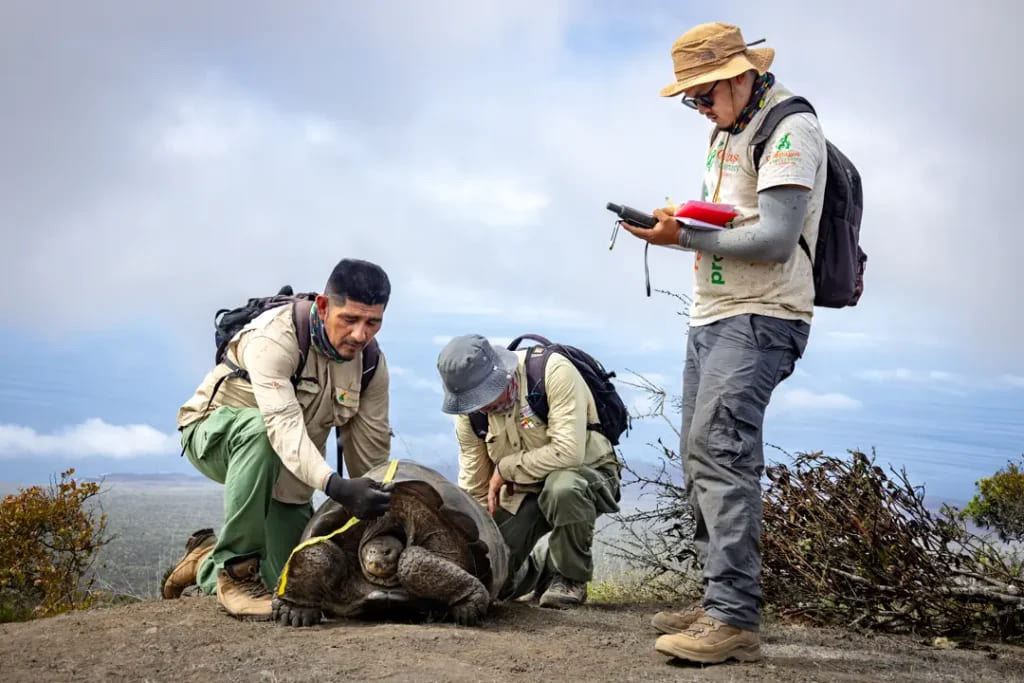Because it is the most important nesting site in the eastern Pacific, the Galapagos archipelago makes it an important location for Green Sea Turtle conservation. Sea Turtles are at risk from certain human activities like commercial fishing and poor waste management. This is why Green Sea Turtles have been listed as endangered on the International Union for Conservation of Nature’s Red List.
Galapagos Conservancy funds a monitoring and research project by the Galapagos National Park Directorate, (GNPD) to improve and update knowledge about the Green Sea Turtle’s conservation status, population dynamics, and other issues.
The GNPD’s turtle experts focus their research efforts in the archipelago on two of the main Green Sea Turtle nesting areas, Quinta Playa beach on Isabela Island and Las Bachas on Santa Cruz Island. They set up permanent camps to monitor nesting and hatching activity nightly during the nesting season (January through May).
Researchers and technicians spent 98 days in the field monitoring 638 Green Sea Turtle individuals and 400 Green Sea Turtle nests at Quinta playa and Las Bachas. They can determine the hatching rate of each season and use this information to assess the health of the Green Sea Turtle population.
Dr. Jorge Carrion is the Director of Conservation at Galapagos Conservancy. He said that each nesting season provides information about population trends, behavior of nesting Sea Turtles and the impacts of climate change on reproduction. Galapagos Conservancy’s main goal is to provide the information necessary to develop management strategies, mitigate threats and implement measures to protect the Green Sea Turtle.
It is vital to support research and protection of this iconic species in the Galapagos Marine Reserve, as there is only a 1 in 1,000 chance of survival.



